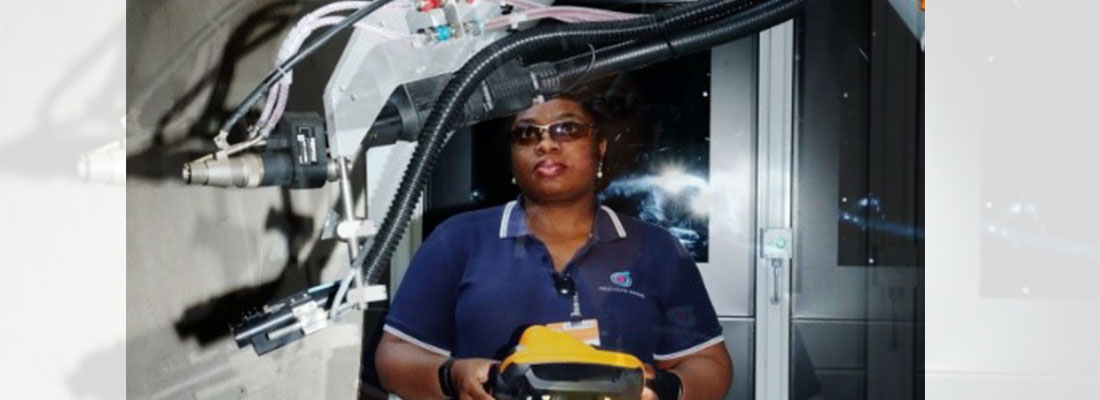Additive manufacturing experts at the Nuclear AMRC are leading international research into innovative remanufacturing and repair technologies for the aerospace industry.
The Amos project (Additive manufacturing optimisation and simulation platform for repairing and remanufacturing of aerospace components) is a collaboration between researchers and manufacturers in Europe and Canada, led by the University of Sheffield AMRC.
Amos will investigate a range of direct energy deposition techniques which combine welding tools with automated control to accurately deposit and melt metal powder or wire. Many of these techniques are already used in aerospace and other industries to build new parts to near-net shape.
The project will focus on additive technologies already being used by the partners, including the wire-feed gas tungsten arc process used in the Nuclear AMRC’s bulk additive cell. The team may also look at other additive techniques used at the Nuclear AMRC, such as powder diode laser.
Amos will investigate the use of these techniques to repair and remanufacture aerospace components such as turbine blades and landing gear. This could significantly reduce the time and cost of regular maintenance and repair for the aerospace industry, while reducing material waste and extending the life of expensive components.
“There’s a host of additive manufacturing technologies available to aerospace manufacturers, but they tend to be focused on new production rather than repairing damaged parts,” says Dr Rosemary Gault, European project coordinator at the University of Sheffield AMRC. “The Amos project is bringing together some of the world’s leading research organisations and companies to identify which additive technologies are best suited for repair and remanufacture, and develop them for commercial use.”
The Amos consortium includes nine partners from Canada, France, Sweden and the UK, including research organisations, top-tier aerospace manufacturers, and specialist technology developers. The four-year, €2.6 million (C$3.8 million) project is supported by the European Commission through the Horizon 2020 programme and by Canadian funding agencies CARIC and NSERC. It is one of the first European-Canadian projects to be funded under the ‘Mobility for growth’ collaboration in aeronautics R&D.






